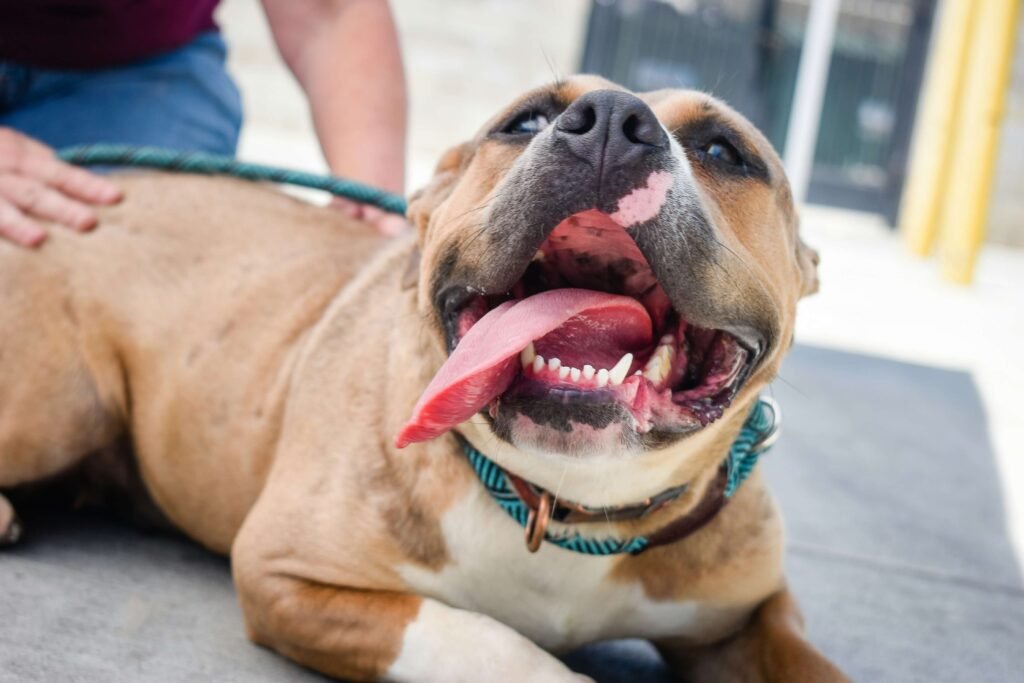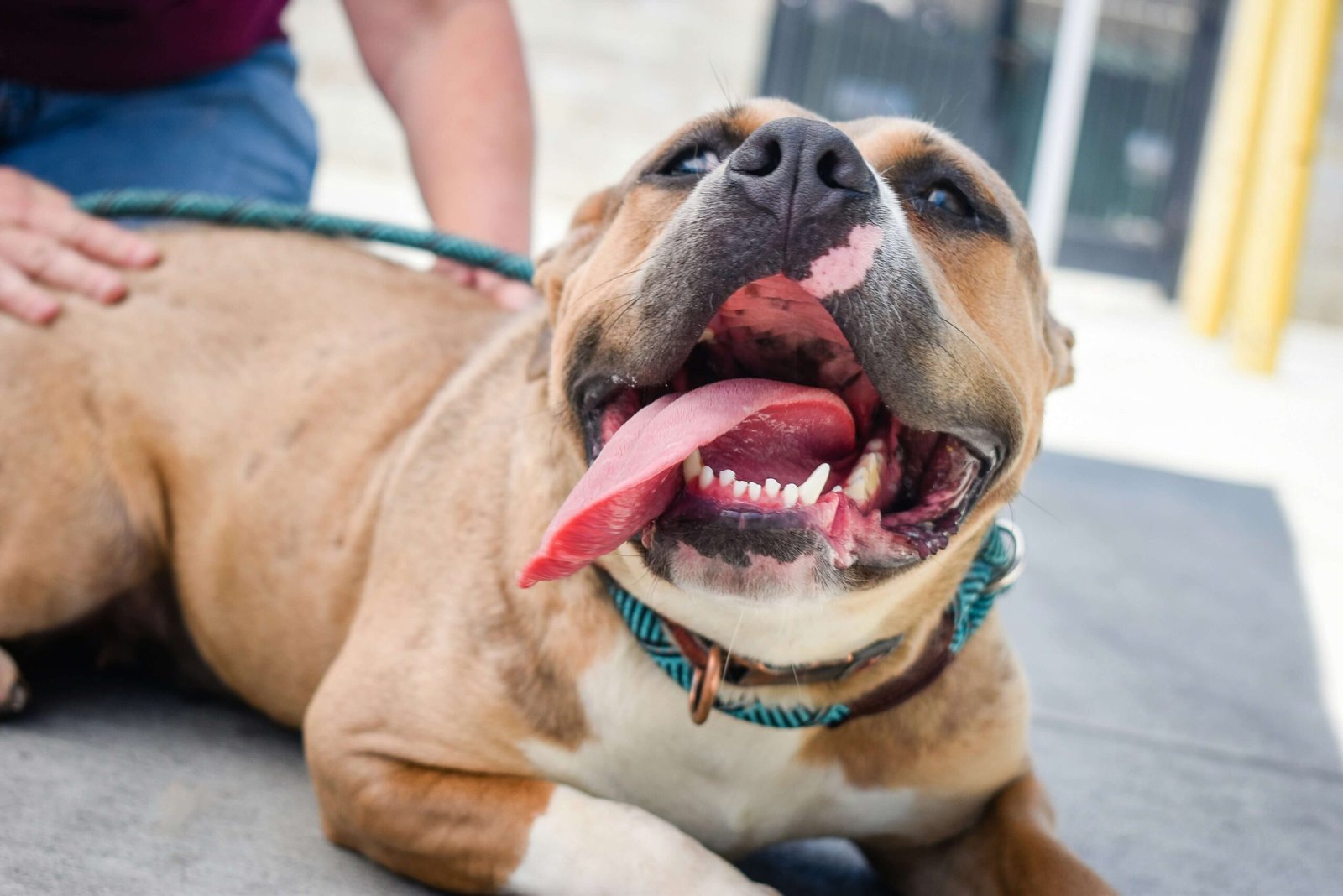Dog Resource Guarding a Favorite Human Being: Understanding and Addressing the Behavior
Resource guarding is a common behavior in dogs, but when it involves their favorite human, it can feel particularly challenging to manage. This behavior occurs when a dog becomes possessive or protective of a person they’re deeply attached to, often displaying signs of anxiety, aggression, or territoriality when others approach. While it may seem endearing at first—after all, who doesn’t love being adored by their dog?—resource guarding can escalate into problematic behavior if left unchecked.
In this blog post, we’ll explore why dogs guard their favorite humans, how to identify the signs, and most importantly, how to address this behavior in a safe and effective way. By understanding your dog’s instincts and emotions, you can help them feel more secure while fostering a harmonious household.
Signs Your Dog Is Resource Guarding You
Recognizing resource guarding behavior is the first step toward addressing it. Dogs may exhibit subtle or overt signs that they’re guarding their favorite human. Here are some common indicators:
Growling or Snarling:
Your dog may growl or bare their teeth when someone approaches you or tries to interact with them.Stiff Body Language:
A rigid posture, raised hackles, or a tense stance can signal discomfort or protectiveness.Blocking Behavior:
Your dog might position themselves between you and others, physically blocking access to you.Barking or Lunging:
Some dogs bark or lunge at people who get too close to their “favorite person.”Refusing to Leave Your Side:
Even during routine activities like walking or sitting, your dog may cling to you and become agitated if separated.
If you notice these behaviors, it’s important to address them early to prevent escalation and ensure everyone feels safe and comfortable.
Why Do Dogs Guard Their Favorite Humans?
Understanding the root causes of resource guarding can help you address the behavior more effectively. Here are some reasons why your dog might guard you:
Strong Bonding Instincts:
Dogs are pack animals, and they naturally form strong bonds with their caregivers, sometimes leading to possessive behavior.Fear or Anxiety:
If your dog feels insecure or threatened, they may guard you as a way to cope with their emotions.Past Trauma or Neglect:
Dogs with a history of abandonment or neglect may develop guarding tendencies as a survival mechanism.Lack of Socialization:
Insufficient exposure to other people or dogs during puppyhood can result in possessive behaviors.Reinforcement of the Behavior:
Accidentally rewarding possessiveness—such as giving attention when your dog growls—can reinforce the habit over time.
By identifying the underlying cause, you can tailor your approach to address your dog’s specific needs and triggers.
Check this guide 👉Signs Your Dog is Protective of You: Best 7 Behavior Tips!
Check this guide 👉The Most Loyal and Protective Dog Breeds: Best 7 Expert Tips
Check this guide 👉The Art of Protection Dog Training: Best 7 Expert Tips!

Behavioral Signs of Resource Guarding | What It Indicates |
|---|---|
Growling or snarling | Warning others to stay away |
Blocking access to you | Protecting their perceived “resource” |
Stiff body posture | Feeling threatened or defensive |
Barking or lunging | Attempting to create distance |
Clingy or overly attached behavior | Seeking constant reassurance |
How to Address Resource Guarding Behavior
Addressing resource guarding requires patience, consistency, and positive reinforcement. Here are steps you can take to manage and reduce this behavior:
Avoid Punishment:
Punishing your dog for guarding behavior can increase fear and aggression, making the problem worse.Desensitize Through Gradual Exposure:
Slowly introduce your dog to situations where others interact with you, rewarding calm behavior.Teach Alternate Behaviors:
Train your dog to perform a different action, like sitting or lying down, when someone approaches you.Create Safe Spaces:
Provide your dog with a designated area, like a bed or crate, where they feel secure and can retreat if overwhelmed.Seek Professional Help:
If the behavior persists or escalates, consult a certified dog trainer or behaviorist for guidance.
With consistent effort, you can help your dog feel more secure and reduce their need to guard you.
Tips for Preventing Resource Guarding in the Future
Prevention is always better than correction when it comes to resource guarding. Here are proactive steps to minimize the likelihood of this behavior developing:
Socialize Early and Often:
Expose your dog to a variety of people, animals, and environments during their critical socialization period (typically 3-14 weeks of age).Practice Positive Reinforcement:
Reward your dog for calm and relaxed behavior around others to build confidence and trust.Avoid Overindulging Attention:
Balance affection with independence to prevent your dog from becoming overly reliant on you.Encourage Playdates:
Arrange supervised playdates with other friendly dogs to help your dog learn appropriate social skills.Monitor Interactions Carefully:
Keep an eye on how your dog reacts to new people or situations and intervene if signs of guarding emerge.
By taking these preventative measures, you can set your dog up for success and foster a well-adjusted, confident companion.
Signs Your Dog Feels Insecure Around Others
If your dog is resource guarding you, it may stem from feelings of insecurity or discomfort around other people or animals. Here are signs that your dog might be feeling uneasy:
Avoidance Behavior:
Your dog may try to hide behind you or move away when unfamiliar people or pets approach.Excessive Panting or Drooling:
These physical signs can indicate stress or anxiety in social situations.Whining or Vocalizing:
Some dogs express their discomfort through whining, barking, or other vocalizations.Hyper-Vigilance:
Constantly scanning the environment for perceived threats is a sign of heightened alertness.Seeking Reassurance:
Your dog may repeatedly check in with you for comfort or stay glued to your side.
By recognizing these signs, you can take proactive steps to help your dog feel more at ease and reduce their need to guard you.
Activities to Build Your Dog’s Confidence
Boosting your dog’s confidence can significantly reduce resource guarding behavior. Here are activities that can help your dog feel more secure and self-assured:
Obedience Training:
Teaching basic commands like “sit,” “stay,” and “leave it” reinforces trust and communication between you and your dog.Interactive Play:
Engage your dog in games like fetch or tug-of-war to build their confidence and strengthen your bond.Puzzle Toys and Challenges:
Mental stimulation through puzzle toys encourages problem-solving and boosts cognitive confidence.Controlled Socialization:
Gradually introduce your dog to new people and environments in a controlled, positive manner to reduce fear.Reward-Based Exploration:
Take your dog on walks or hikes and reward them for calmly exploring new sights and sounds.
Building confidence takes time, but these activities will help your dog feel more comfortable and less reliant on guarding behaviors.
Common Mistakes to Avoid When Addressing Resource Guarding
While working to address resource guarding, it’s easy to make mistakes that can unintentionally worsen the behavior. Here are common pitfalls to avoid:
Forcing Interactions:
Pushing your dog to interact with others before they’re ready can increase anxiety and reinforce guarding tendencies.Ignoring Warning Signs:
Dismissing growls or stiff body language as harmless can lead to escalated aggression over time.Using Physical Punishment:
Scolding or physically correcting your dog can heighten fear and damage trust.Failing to Set Boundaries:
Allowing your dog to constantly cling to you without teaching independence can reinforce possessive behavior.Inconsistent Training:
Mixed messages during training can confuse your dog and slow progress in addressing the behavior.
By avoiding these mistakes, you’ll create a more effective and supportive environment for your dog to overcome resource guarding.
Frequently Asked Questions About Dog Resource Guarding
Is resource guarding a sign of aggression?
Not necessarily. While resource guarding can escalate to aggression, it’s often rooted in fear or insecurity rather than malice.
Can older dogs overcome resource guarding?
Yes, with patience and proper training, older dogs can learn to overcome resource guarding behaviors.
Should I punish my dog for growling?
No. Growling is a warning signal, and punishing it can suppress communication and lead to more severe reactions.
How long does it take to fix resource guarding?
The timeline varies depending on the dog’s temperament, history, and consistency of training, but progress can often be seen within weeks.
When should I consult a professional?
If the behavior is intense, persistent, or poses a safety risk, seek help from a certified dog trainer or behaviorist immediately.
Final Thoughts: Building Trust and Harmony
Resource guarding a favorite human being is a natural but manageable behavior that stems from your dog’s instincts and emotions. By understanding the root causes and addressing the behavior with patience and positivity, you can help your dog feel more secure and confident. Remember, training takes time, and setbacks are part of the process. Celebrate small victories along the way and remain consistent in your efforts. With love, dedication, and the right approach, you can transform your dog’s guarding tendencies into a healthier, more balanced relationship. Together, you’ll create a home environment that’s safe, peaceful, and full of joy for everyone involved.
Why Is My Cats Second Eyelid Showing? Best 7 Expert Tips! Understand causes, health signs, and how to respond when your cat’s third eyelid becomes visible.
How Do I Know If My Cat Died Peacefully? Best 7 Expert Tips! Discover the quiet signs of a peaceful feline passing and find comfort in their final moments.
Cat Allergy Eyes: Best 7 Expert Tips! Discover why your eyes react to cats and learn proven strategies for relief—without giving up your feline friend.
Why Do Abyssinian Cat Colors Matter? Best 7 Expert Tips! Discover the genetics, rare hues, and care secrets behind Abyssinian coat colors for a healthier, happier cat.





